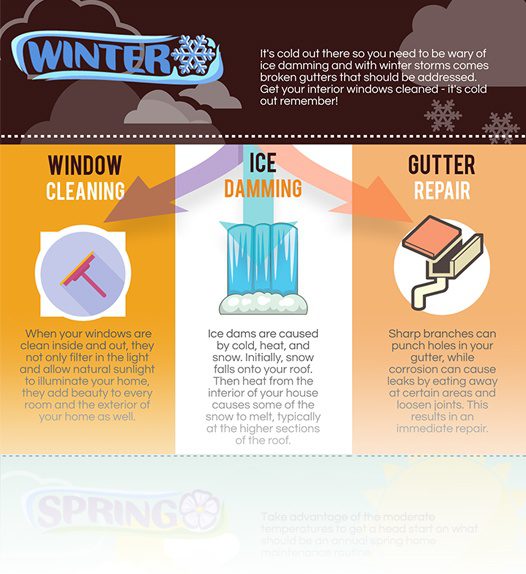The Most Effective Stress Washing Methods For Each Surface Area
The Most Effective Stress Washing Methods For Each Surface Area
Blog Article
Content By-Bryant Markussen
When it involves push cleaning, the technique you pick can make all the difference in achieving a clean, streak-free surface. You may find that hard surfaces, like concrete, call for a different approach than softer products, such as wood or vinyl. It's necessary to adjust your methods to the surface area type to stop damage while making best use of cleansing effectiveness. So, what are the most effective strategies for each surface, and just how can you guarantee you're making use of the right settings and tools for the work? Let's explore what you need to understand to obtain the very best results.
Hard Surface areas
When it comes to push washing difficult surface areas, preparation is essential. Before you also think of taking out the stress washer, make the effort to get rid of the area of any kind of particles, furniture, or challenges. You do not desire anything entering your way or possibly destructive your devices.
Next off, examine great post to read for any kind of fractures or damage; this will certainly help you determine the best technique and stress settings.
Once you've prepared the location, it's necessary to choose the appropriate nozzle. For over at this website like concrete or brick, a narrow nozzle (15 or 25 levels) works best to give a concentrated stream of water that can successfully eliminate grime and spots. Constantly begin at a distance and gradually move better to avoid any kind of surface area damages.
As you begin cleaning, maintain the stick transferring to stop streaks and over-saturation. It's additionally useful to work from the top down, allowing dust and particles to remove normally.
Lastly, bear in mind to rinse the surface area completely after cleaning to get rid of any type of remaining cleaning agent. With these methods, you'll attain a clean and refreshed appearance on all your difficult surface areas.
Soft Surfaces
Stress washing soft surfaces requires a gentler strategy to secure them from damage. Whether you're cleansing your deck, patio furniture, or house siding, making use of way too much pressure can result in dents, scrapes, and even irreparable damage.
Beginning by choosing a low-pressure nozzle, preferably a 25-degree or larger spray pattern, to spread the water much more delicately.
Prior to you start, it's vital to pre-treat any kind of discolorations with an ideal cleansing option. This action enables the cleaner to penetrate the dirt and crud, making it less complicated to remove without scrubbing as well hard.
Always use the option from all-time low up to protect against streaking.
When you start stress washing, maintain a distance of at the very least 12 to 18 inches from the surface area. Relocate your wand in a sweeping activity, keeping it alongside the surface area to avoid concentrated pressure on one spot.
Wash the area completely after cleaning up to eliminate any type of recurring cleaner.
Lastly, examine the surface for any missed out on areas and repeat the process if necessary. By following these steps, you can successfully tidy soft surfaces while protecting their integrity and look.
Specialized Surfaces
Cleaning soft surface areas calls for treatment, but specialized surfaces demand a lot more attention to information. When you take on these surface areas, like fragile timber, tarnished concrete, or specific kinds of house siding, making use of the appropriate pressure cleaning methods is crucial to avoid damage.
Initially, evaluate the material. For example, dealt with wood can typically endure modest stress, yet softer woods like cedar may require a lower setup. Always start with the most affordable pressure and gradually increase if necessary.
For stained concrete, use a follower spray nozzle and preserve a consistent range to prevent engraving the surface.
When taking care of surfaces like vinyl siding or painted surface areas, a vast spray pattern helps distribute the pressure equally, shielding the coating.
It's likewise a good idea to make use of detergents specifically made for specialized surface areas. They can enhance cleaning without jeopardizing the product.
Rinse thoroughly after washing to eliminate any type of residue, as it can lead to discoloration or deterioration over time.
Conclusion
In conclusion, understanding stress cleaning methods for different surfaces can make all the distinction in your cleansing outcomes. For hard surface areas, stick to slim nozzles and a top-to-bottom method, while soft surfaces require a gentler touch with larger nozzles. Do not neglect to pre-treat discolorations and wash thoroughly to stay clear of residue. By adapting your techniques to each material, you'll not just attain a cleaner finish however additionally safeguard the integrity of your surfaces. Happy cleaning!
